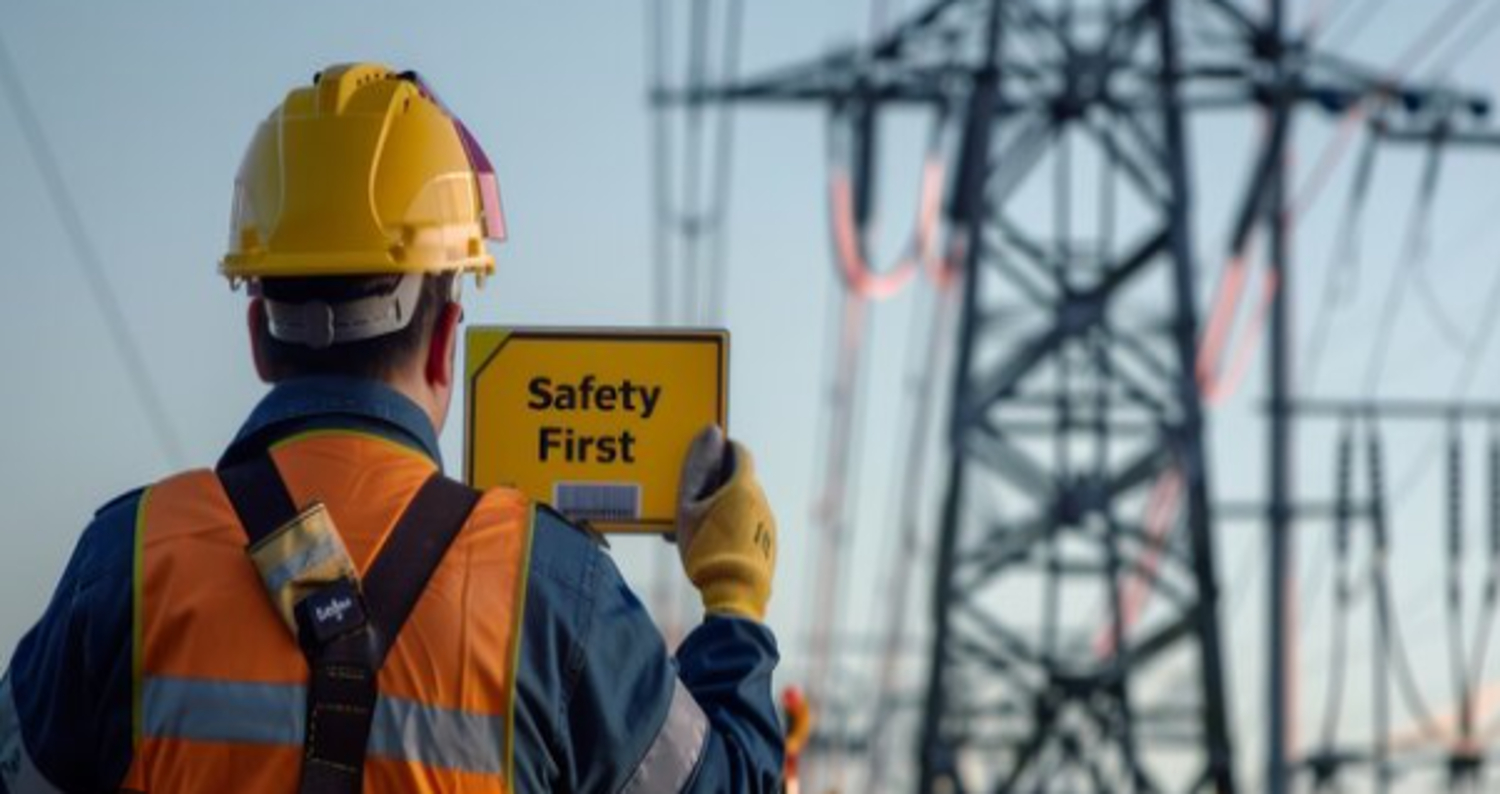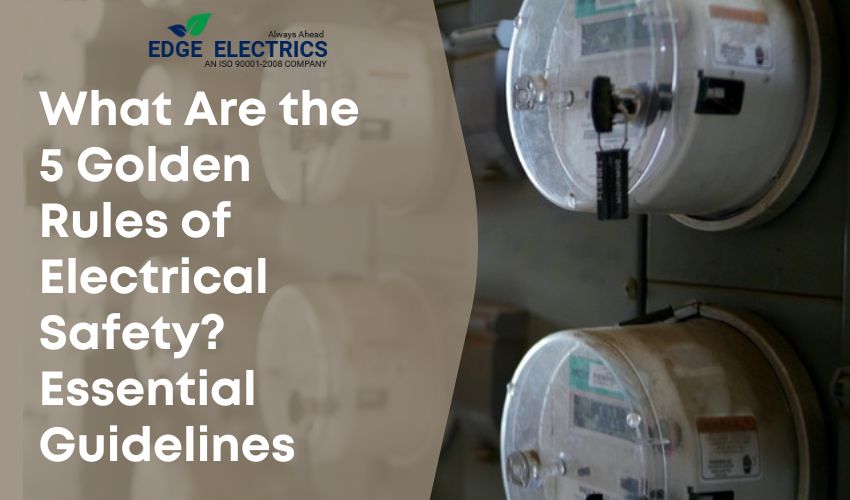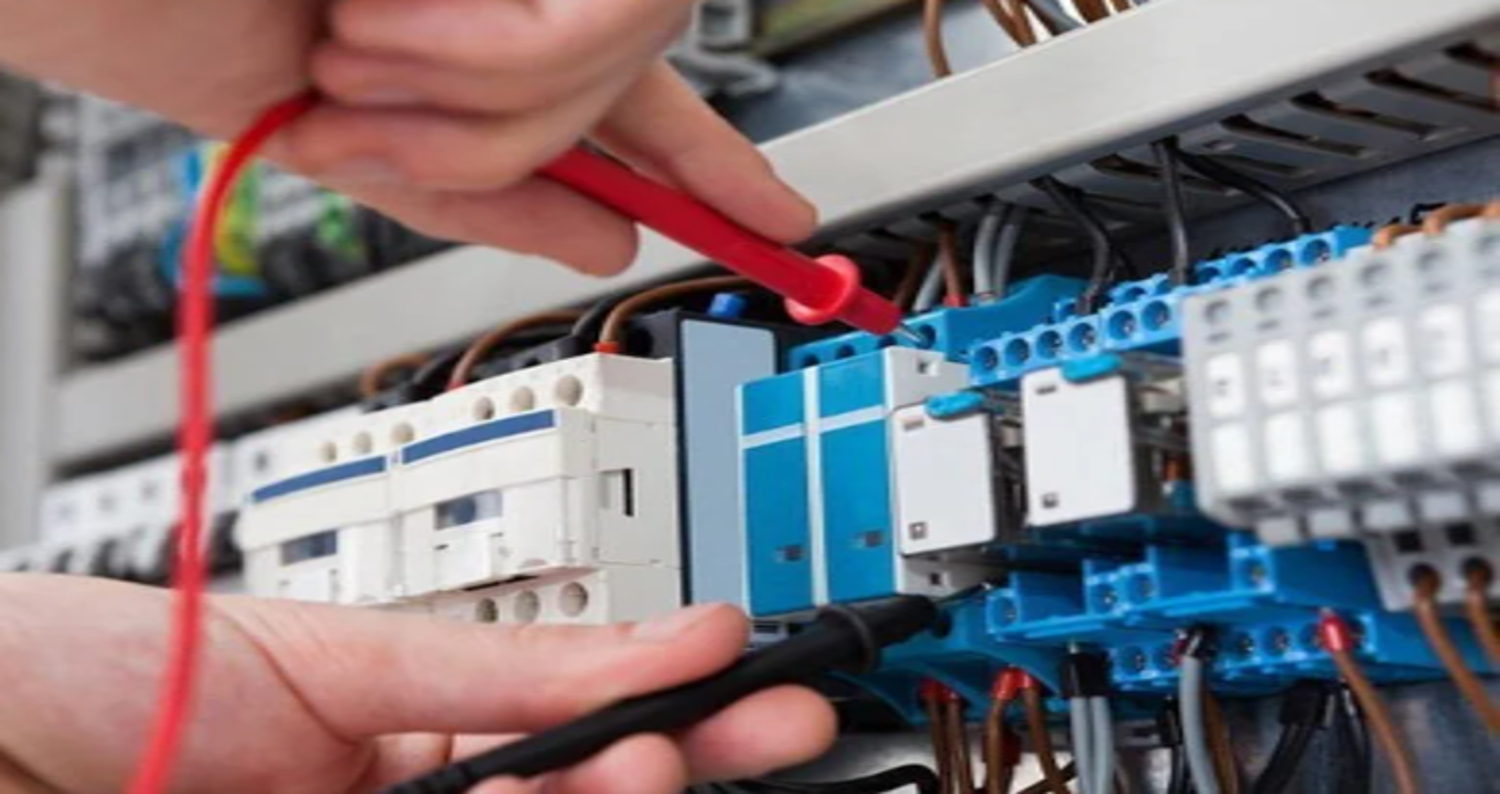
Modern life becomes miserable without electricity that powering our homes, businesses, and industries. Therefore, it can also be dangerous if not handled properly. Ensuring electrical safety is crucial to prevent hazards such as electric shocks, fires, and equipment damage. So, how do you make power safe? Let’s evaluate the key strategies and practices that aid ensure electrical safety.
Guide to Ensuring Electrical Safety
1. Conduct Regular Electrical Inspections
Regular electrical inspections are one of the most effective ways to make power safe . A certified and experienced electrician or safety inspector can determine the condition of your electrical systems, identifying any potential hazards like checking wiring, outlets, electrical panels, and grounding systems to ensure everything is up to code and operating safely.
2. Install Proper Grounding Systems
Grounding prevent Electrical shock and equipment damage in case of a fault. Which is the process of connecting electrical systems to the earth . A well-designed grounding system ensures that excess electricity has a safe way to follow, reducing the risk of electrocution and fires. Assuring proper grounding is a difficult part of making power safe. Specifically in industrial settings where large amounts of electricity are used.
3. Use Circuit Breakers and Fuses
Circuit breakers and fuses are safety devices designed to prevent electrical overloads. They automatically cut off the power when the current exceeds safe levels, protecting electrical circuits from overheating and causing fires. Make certain your electrical system is equipped with properly rated breakers and fuses. And regularly test them to ensure they’re functioning correctly.
4. Install Residual Current Devices (RCDs)
An RCD, named a ground fault circuit interrupter (GFCI), is another crucial safety. RCD monitored the flow of electricity and can quickly shut off power if it detects an imbalance in the current, which may happen when someone accidentally comes into contact with a live wire. RCDs are especially essential in areas where moisture is present, such as bathrooms and kitchens because water can increase the risk of electric shock.
5. Maintain Equipment and Appliances
Faulty or poorly maintained electrical equipment can be a significant safety hazard. Regular inspection and maintenance of all appliances, tools, and machines that run on electricity is important. Check for signs of wear and tear, such as frayed cords or exposed wires, and replace any damaged components immediately. Ensuring that your equipment is in good working condition can significantly lessen the risk of electrical accidents.
6. Conduct Power System Studies
For businesses and industries with complex electrical systems, conducting power system studies can help ensure electrical safety. The power flow, short-circuit conditions, and overall system performance to identify vulnerabilities are the part of analyzing these studies.. By understanding how electricity moves through your system, you can implement measures to protect against faults, outages, and dangerous conditions.
7. Perform Energy Audits
How efficiently your electrical systems are operating and whether they meet safety standards is known by energy audits. Auditors identify the areas where energy is being wasted or used unsafely. Providing recommendations to improve efficiency and safety. Audits can also reveal potential fire hazards, overloaded circuits, or improperly installed equipment that could put your facility at risk.
8. Educate and Train Employees
For businesses, We ensurethe well trained employees on electrical safety is a key factor in maintaining a safe environment. Workers should know how to handle electrical equipment accurately, recognize warning signs of electrical hazards, and understand emergency procedures. Safety training can dramatically reduce the likelihood of accidents and injuries related to electrical systems.
9. Adopt Power Quality Measures
Poor power quality can lead to equipment malfunctions, safety risks, and increased energy consumption. By adopting power quality measures—such as voltage regulation, harmonics mitigation, and surge protection—you can ensure a stable electrical environment. This decreases the likelihood of dangerous power fluctuations and helps maintain safe, efficient operations.
10. Install Emergency Power Systems
In critical environments such as hospitals, data centers, or manufacturing plants, a loss of power can be both cost effective and harmful. Installing emergency power systems like uninterruptible power supplies (UPS) or backup generators, ensures that power remains available during an outage. These systems aid maintain safety by preventing sudden equipment shutdowns that could cause hazards.
Conclusion
Making power safe involves a combination of regular maintenance, proper system design, and safety measures. Through inspections, installing protective devices like RCDs and circuit breakers, and maintaining a well-grounded system, you can greatly reduce the risk of electrical hazards. For businesses, additional steps such as power system studies, energy audits, and employee training further enhance safety. When we correctly manage electricity , it can be a powerful tool without becoming a source of danger.
By following these guidelines, you can ensure that your power systems are safe, reliable, and efficient.
continue reading
Related Posts
These 5 Golden Rules of Electrical Safety for emphasise the […]
By conducting an electrical audit. Building owners can ensure they […]
Conducting an electrical system audit is important for confirming the […]



